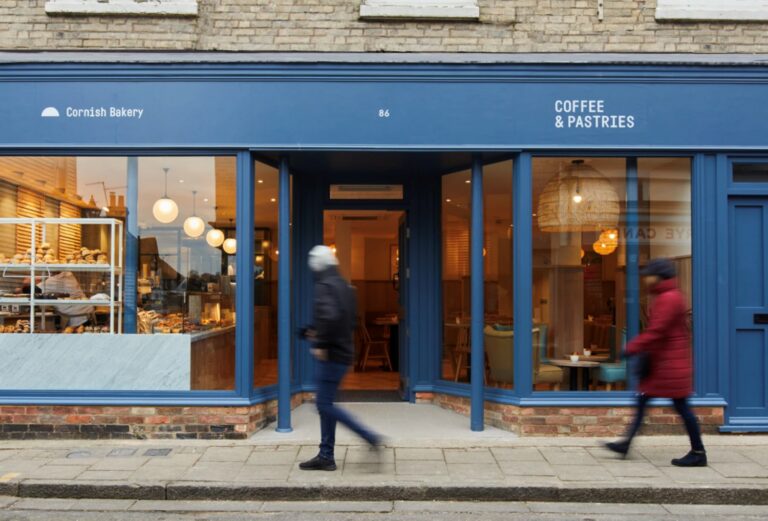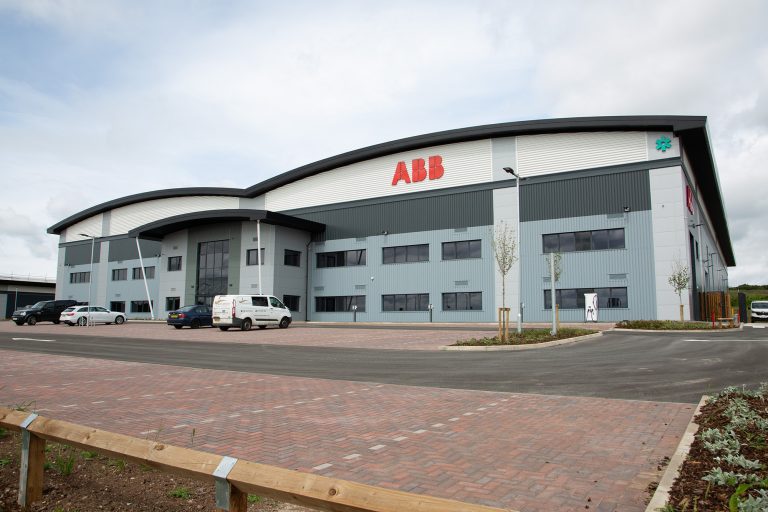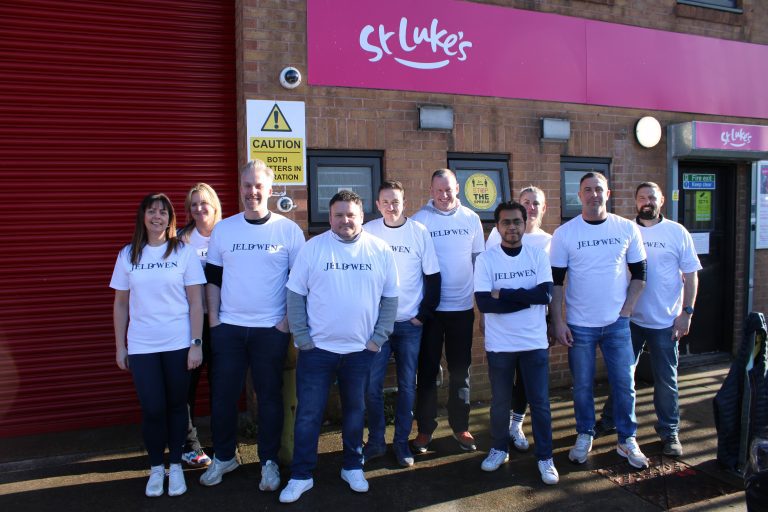Fairham Business Park, Nottingham, developed and managed by Clowes Developments, is set to welcome a major new occupier: global technology leader ABB. The 100,000 sq ft state-of-the-art standalone building, designed by IMA Architects, and built by TanRo will accommodate ABB’s growing demand for Furse® earthing and lightning protection solutions. It incorporates advanced technology, flexible automation, R&D and testing capabilities, and digital systems to increase production capacity, improve efficiency, and support sustainable manufacturing. More than 100 employees will relocate to the new site from ABB’s existing Nottingham premises, continuing the company’s deep local heritage—Furse was founded in Nottingham in 1893, and ABB has operated in the city for over a century. Situated within Fairham, a 606-acre flagship mixed-use neighbourhood just minutes from Nottingham city centre, Fairham Business Park offers outstanding connectivity. The site is close to Junction 24 of the M1, East Midlands Airport, and is adjacent to the NET Tram Park & Ride. Notably, it lies outside the Nottingham Workplace Parking Levy, making it an attractive option for employers and employees alike. The business park includes over one million square feet of commercial space, with more than half already developed. ABB’s new facility is built to BREEAM ‘Excellent’ standards, featuring photovoltaic rooftop panels, electric vehicle charging points, energy-efficient systems, and waste-reduction processes. Inside, the building promotes collaboration, training, and advanced research and development. James Richards, Development Director at Clowes Developments and Fairham Business Park, said: “We’re thrilled to welcome ABB to Fairham Business Park. Their investment validates the site’s exceptional location, diverse occupier mix, and top-tier industrial units. As we launch the next phase of development, we look forward to delivering even more opportunities.” He also thanked Tim Gilbertson of FHP Property Consultants, who facilitated the deal: “Tim’s insight into ABB’s needs proved instrumental in bringing this exciting opportunity to life.” Tim Gilbertson, FHP Property Consultants, added: “This is a landmark deal for Nottingham. ABB needed a first-class, future-ready facility close to the city but outside the parking levy. Fairham offered the ideal solution. We’re proud to have supported ABB’s continued growth in the region.” Fairham Business Park has been designed with sustainability and economic growth at its core. Spanning 200 acres of landscaped infrastructure, it offers a vibrant environment that blends commercial and residential development. With phase one now largely sold or let, phase two is ready to begin. It will offer flexible space for manufacturing, distribution, offices, hotel and leisure facilities, alongside roadside retail and trade counters—creating a dynamic ecosystem for business and community. Charles Warrack, Fisher German, commented: “The success of Fairham has positioned Phase 2 as a truly unique offering. It can accommodate a wide range of occupiers—including education, health, gym, hotel, and office users—through bespoke, high-specification design and build projects. The integration of industrial and residential spaces will benefit both residents and employees.” With direct access to dedicated cycle routes, pedestrian pathways, and robust public transport links, Fairham Business Park offers an ideal location for forward-thinking businesses to thrive and attract local talent. For more information on development opportunities and updates, visit: www.fairhambusiness.co.uk To enquire about commercial opportunities, contact the site’s agents: FHP Property Consultants and Fisher German. Building, Design & Construction Magazine | The Choice of Industry Professionals














